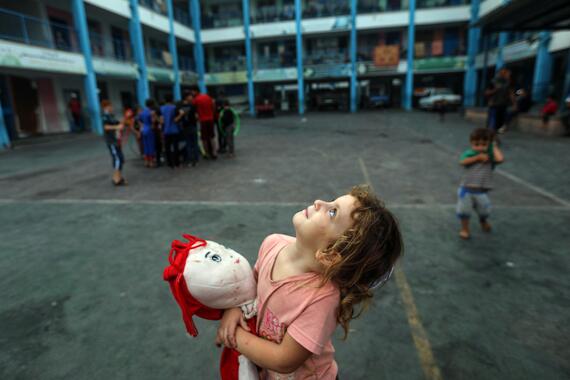OCHA's 2023 in Review
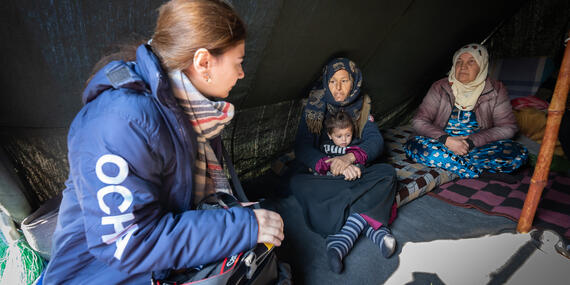
This was a supremely challenging year, one that truly pushed the limits of our ability to deliver aid to people whose lives were upended by crisis – from ruinous earthquakes in Türkiye and Syria, to brutal conflicts in Sudan, Gaza and far beyond. Nevertheless, we reached 128 million people worldwide with assistance to help their struggles with hunger, displacement and the ever-deepening effects of the climate crisis.
Here are 8 ways we made a difference in 2023.
1.Made urgently needed assistance possible in Syria, Türkiye. Sudan and Gaza
As soon as devastating earthquakes struck near the Türkiye-Syria border in February, the OCHA-managed Central Emergency Response Fund (CERF) released US$50 million to jump-start the response. The OCHA-managed International Search and Rescue Advisory Group, or INSARAG, coordinated the largest deployment of rescue teams in its 32-year history, mobilizing units from more than 90 countries.
OCHA also rapidly deployed a UN Disaster Assessment and Coordination (UNDAC) team to support the Government-led response in Türkiye.
To facilitate urgent humanitarian access to earthquake-affected people in north-west Syria, OCHA negotiated the opening of two additional border crossings.
These efforts made it possible for all UN agencies to physically enter north-west Syria for the first time in years. OCHA also ensured UN staff could access Government-controlled areas affected by the earthquakes.
Meanwhile, when Sudan descended into war in April, OCHA helped negotiate the delivery of life-saving aid to 5 million people amid fierce fighting, severe access constraints and red tape that delayed the movement of goods and people into and within the country.
In Gaza, OCHA is leading the negotiation and coordination efforts of UN agencies and our humanitarian partners to gain access and respond to one of the most challenging situations in years. We advocated on behalf of a $1.2 billion funding appeal to address this crisis in the Occupied Palestinian Territory.
2. Enhanced support in Syria, Haiti and the Democratic Republic of the Congo
OCHA led efforts to increase the aid community’s presence in several hotspots. When the Security Council authorization for cross-border UN assistance into north-west Syria lapsed, OCHA reached bilateral understandings to ensure the flow of aid could continue.
Despite growing insecurity in Haiti, more international staff were deployed and organizations expanded their reach in the country. So far, more than 2.3 million people have received some form of humanitarian assistance, and access negotiations allowed food assistance to reach at least half a million people.
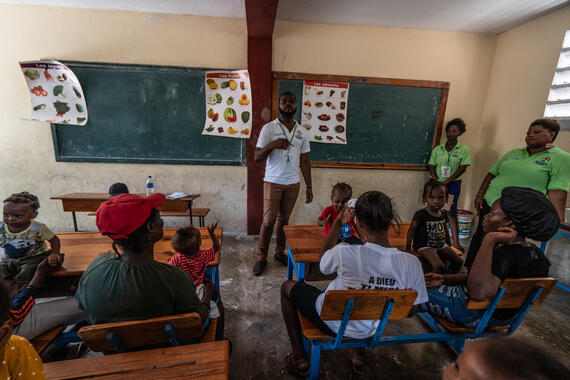
In eastern Democratic Republic of the Congo (DRC), the humanitarian community declared a system-wide scale-up in response to intensified fighting. So far, this has helped our humanitarian partners reach 3 million people, or nearly 60 per cent of the people we intended to help.
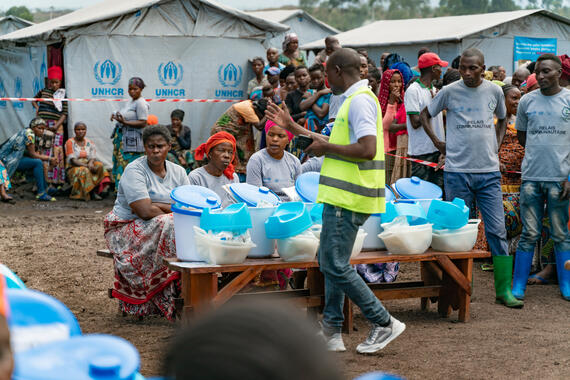
3. Responded to the climate crisis
The global climate emergency continued to spiral out of control in 2023.
OCHA’s pre-arranged financing for anticipatory action, which provides aid to vulnerable people in advance of predicted extreme weather-related events, doubled from $43 million in January to more than $100 million by the year’s end.
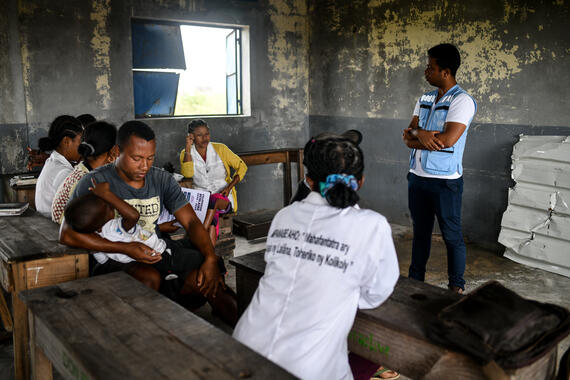
CERF released $10 million for Mozambique and $9.8 million for Malawi – both hit by Tropical Cyclone Freddy, the longest-lasting tropical cyclone on record.
To kick-start the response to massive flooding in Libya, CERF allocated $10 million, and OCHA rapidly deployed an UNDAC team and issued a $71 million appeal, which is nearly three quarters funded.
The Somalia Humanitarian Fund and CERF released $36 million to help people affected by El Niño-induced flooding.
At the 28th UN Climate Conference, or COP28, OCHA launched CERF’s Climate Action Account to fund anticipatory action and responses to extreme weather-related events.
4. Made humanitarian action more efficient
This year saw the launch of the Flagship Initiative, a three-year pilot project in Colombia, Niger, the Philippines and South Sudan. The Initiative is exploring new ways to deliver humanitarian aid, driven by the priorities of affected communities.
Aid workers in these four countries have moved closer to communities for sustained consultation. For instance, a new Community Engagement Forum in Colombia has brought together some 100 community leaders to consult on how to engage communities.
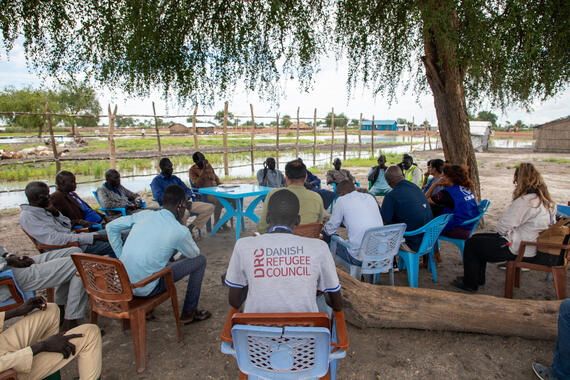
5. Empowered local NGOs
The Country-Based Pooled Funds (CBPFs) continue to empower our local partners. By October 2023, more than 40 per cent of all CBPFs’ funding had been channelled to local and national partners, surpassing the 25 per cent global benchmark set at the 2016 World Humanitarian Summit.
In Ukraine, nearly 11 million people received life-sustaining assistance from more than 500 humanitarian organizations this year, and the Ukraine Humanitarian Fund allocated $179 million, more than one third of which was given to local organizations.
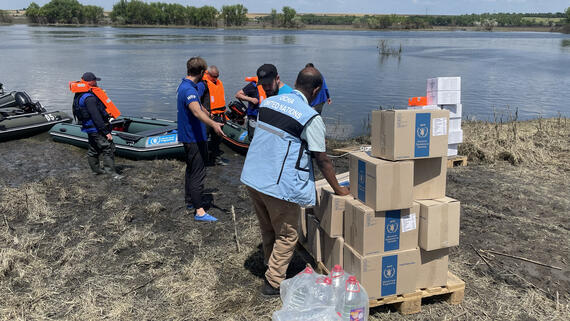
6. Supported forgotten crises
Earlier this year, CERF released a record $250 million – its largest allocation ever – to help vulnerable people in underfunded crises and to stave off famine.
The allocation went to 19 countries, eight of which – Afghanistan, Burkina Faso, Haiti, Mali, Nigeria, Somalia, South Sudan and Yemen – are home to more than 20 million people who are perilously close to famine.
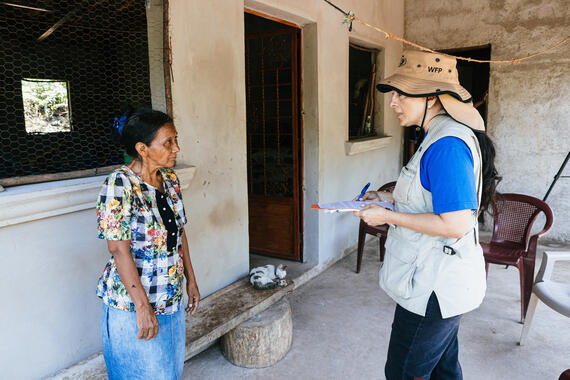
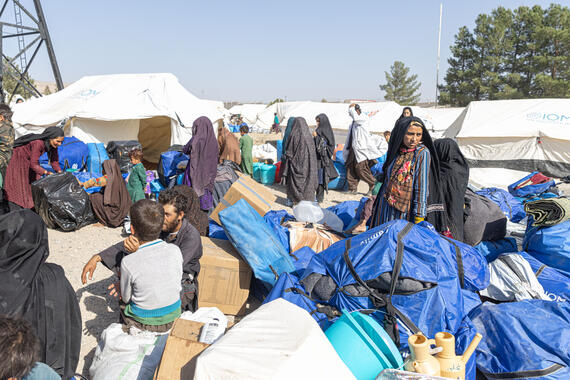
7. Supported the FSO Safer salvage operation
OCHA supported the successful UN-led operation that transferred oil from the decaying FSO Safer supertanker, moored off the coast of Yemen, to a replacement vessel. Critical temporary bridge funding from CERF’s loan facility enabled work to begin swiftly following an agreement on the operation. The Yemen Humanitarian Fund provided $2 million for contingency planning in the event of an oil spill.
This action helped avert a potential environmental and humanitarian catastrophe resulting from a leak or explosion of the supertanker.

8. Expanded our donor base
We broadened and diversified our income base and that of OCHA’s pooled funds. Australia’s Minderoo Foundation contributed AUD$3.5 million (more than $2.3 million) to the Occupied Palestinian Territory Humanitarian Fund, making it the largest private donation to the CBPFs.
The Qatar Charity provided $9 million to CERF for 2024 - a one-of-a-kind contribution from a non-governmental entity. This contribution recognizes the importance of Islamic social finance to CERF.
